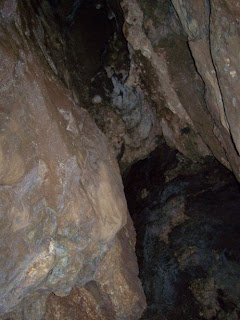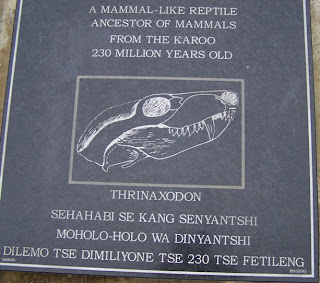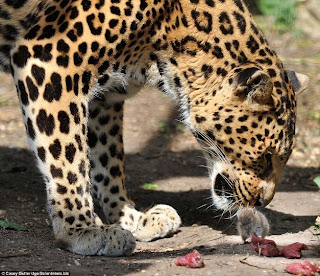Clivias are a very popular flowers in our gardens and I am sure you have them in the USA too.
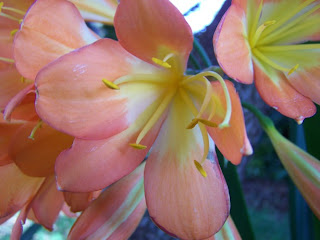
This attractive plant is a shade-loving perennial with a fleshy, tuberous rhizome and dark-green, strap-shaped leaves. The flowers are usually orange (rarely yellow) and all arise from the same point on the flowering stalk. Due to the exceptionally beautiful flowers, C. miniata is a popular garden plant and it is also commonly grown as a pot plant in many parts of the world. There are four species of Clivia, but it seems that only C. miniata and C. nobilis are used to any extent in traditional medicine.
PLANT PARTS USED
The whole plant is used, including the rhizome, roots and leaves.
 MEDICINAL USES
MEDICINAL USES
The rhizome is used by the Zulu to treat fever. The whole plant is used to help with childbirth and to hasten parturition . The rhizome is also a snake-bite remedy and it is claimed to relieve pain.
PREPARATION AND DOSAGE
The rhizomes of Clivia species are extremely toxic due to the presence of numerous alkaloids. Their continued use should be strongly discouraged.
 ACTIVE INGREDIENTS
ACTIVE INGREDIENTS
The toxicity is due to several so-called Amaryllidaceae alkaloids, of which lycorine is the best known compound . Several structurally related alkaloids have been isolated from C. miniata, such as clivacetine, clivonine, cliviasine and clividine.
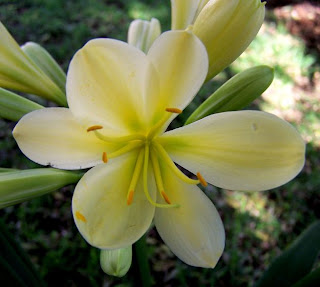
PHARMACOLOGICAL EFFECTS
Lycorine occurs in
C. miniata at levels of up to 0,4% of the dry weight and causes salivation, vomiting and diarrhoea at low doses; paralysis and collapse at high doses. Leaf extracts were shown to have uterotonic effects.

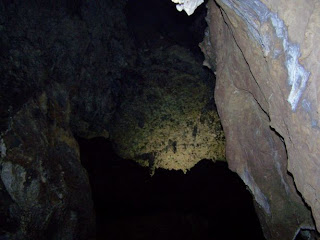


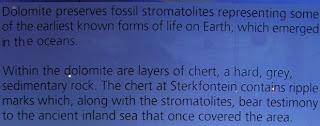











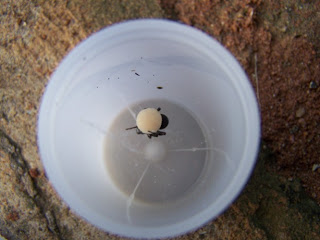 I decided to let her loose outside and gently moved her and the egg onto the ground next to a tree.
I decided to let her loose outside and gently moved her and the egg onto the ground next to a tree. No sooner was she out and tried to move her egg to a place of safety, when the ants came along and tried to take it away from her. I thought that she would chase them away.
No sooner was she out and tried to move her egg to a place of safety, when the ants came along and tried to take it away from her. I thought that she would chase them away.



